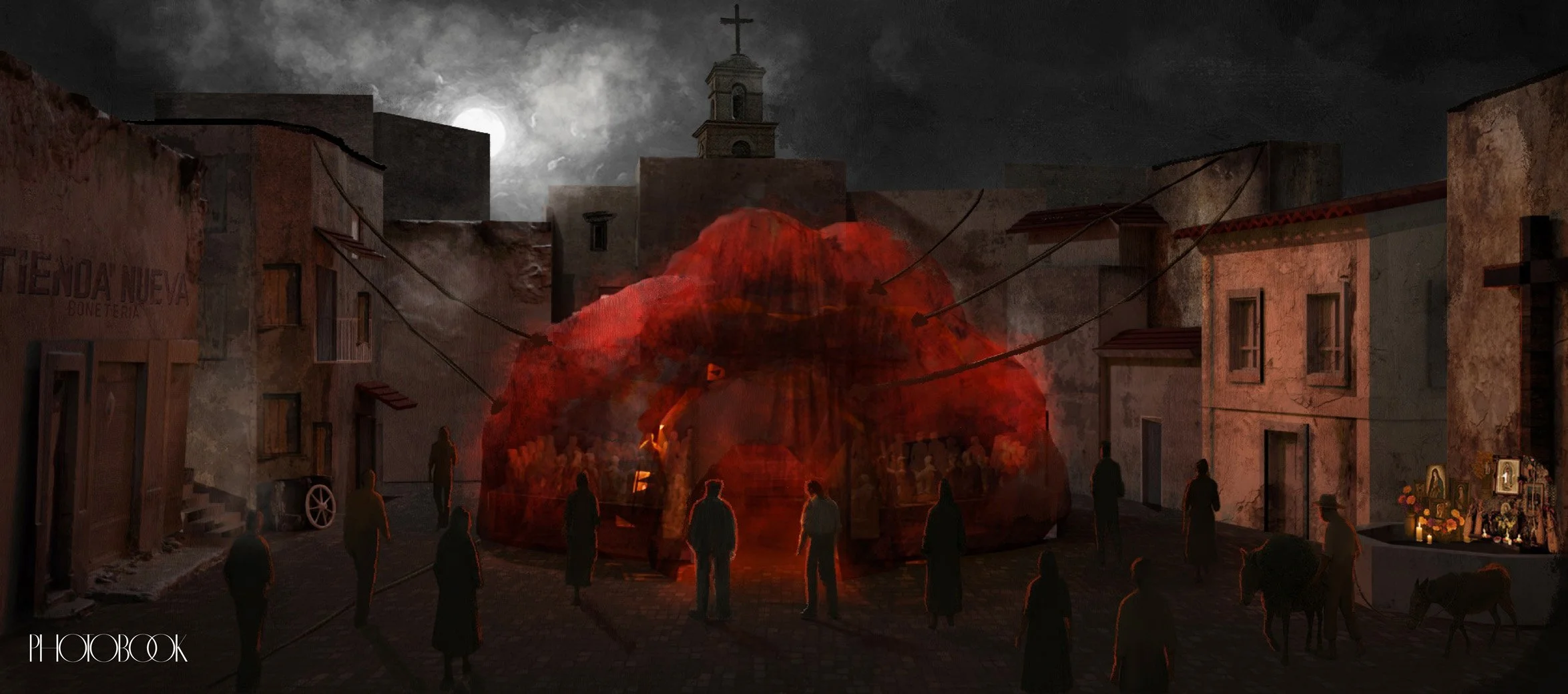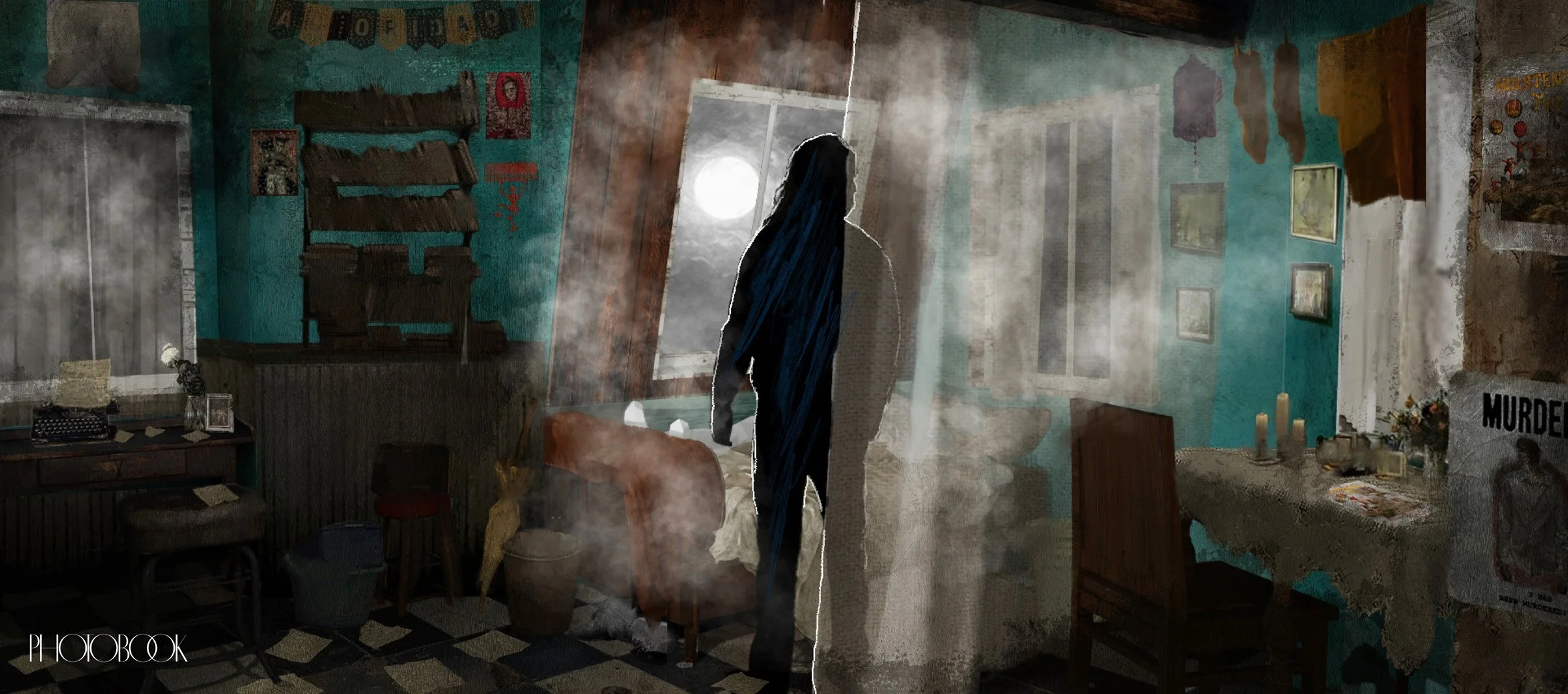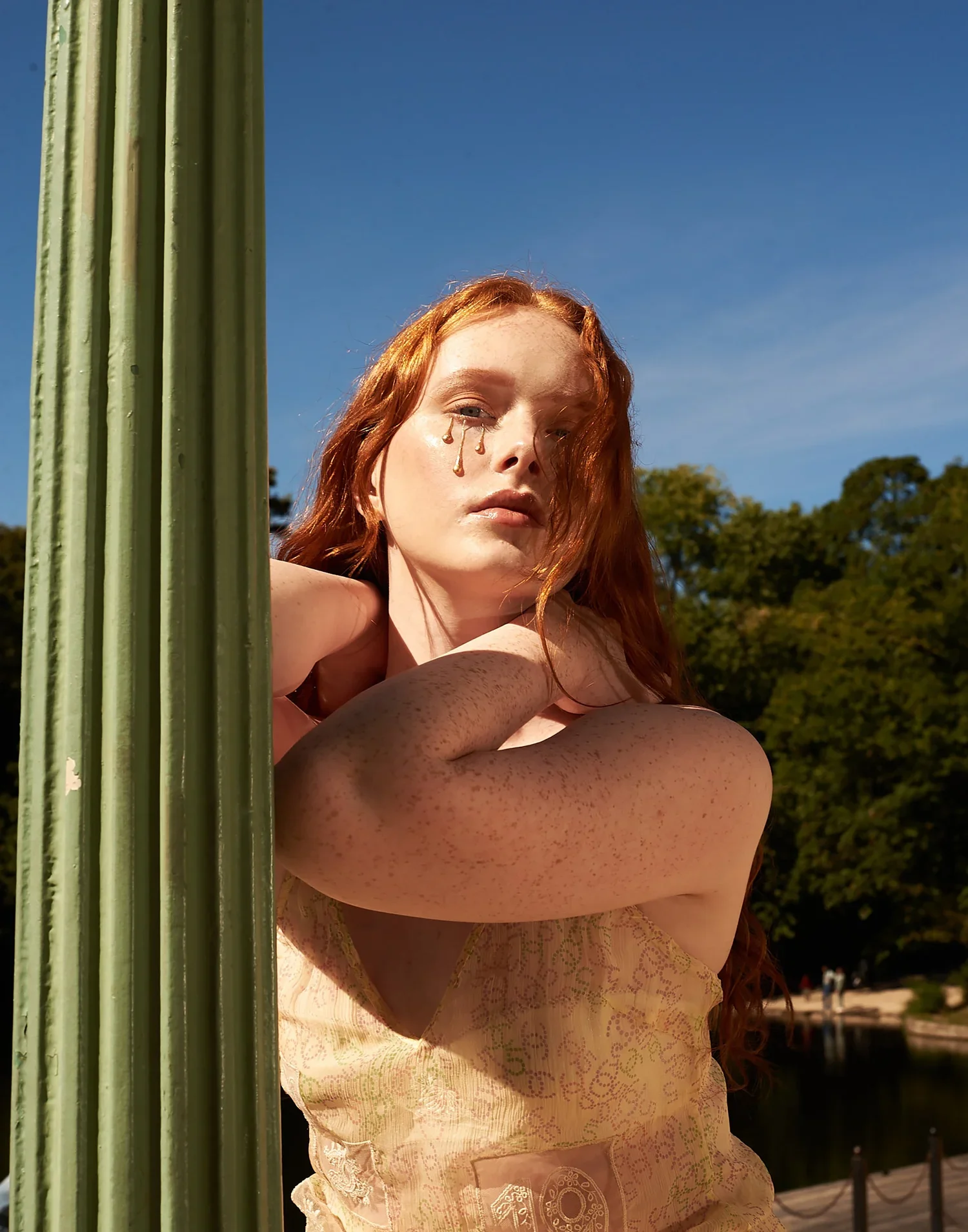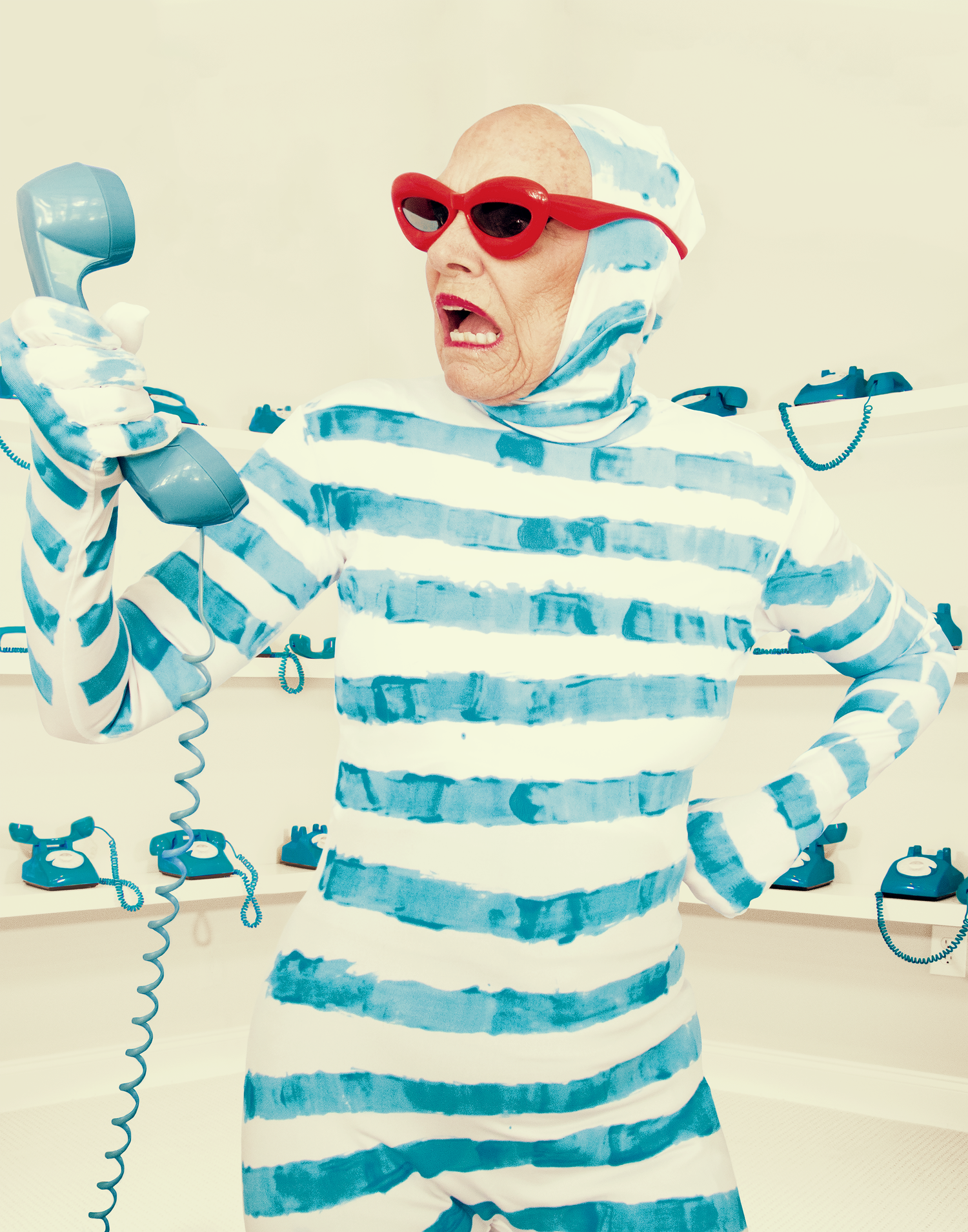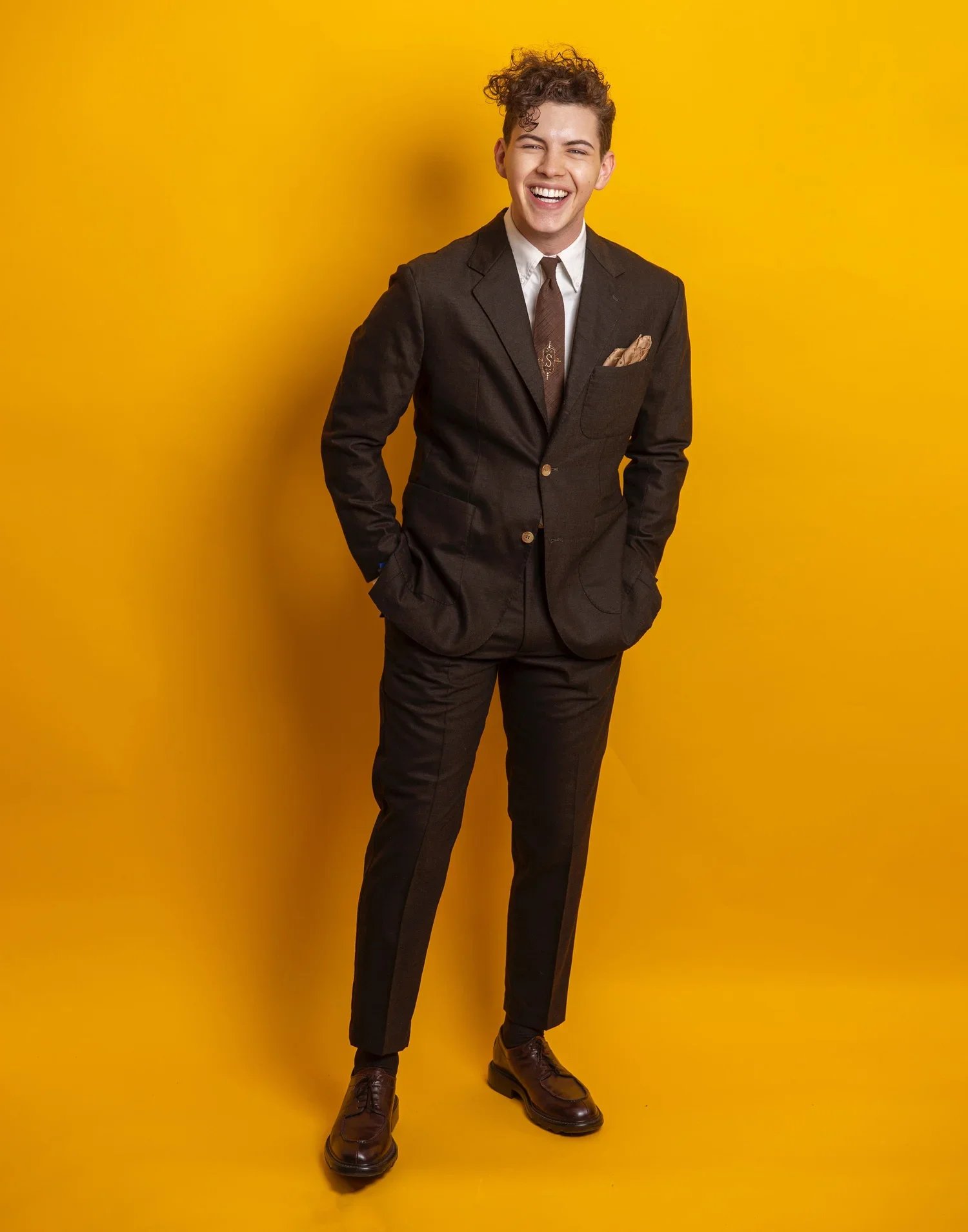Production Designer Alex Peña Sees Set Architecture as a Vessel for Storytelling on Screen
“I went to architecture school to explore this curiosity of designing spaces, but I found myself constantly thinking about films and stories and how architecture was part of that,” says Alex Peña, Production Designer. “I decided that I wanted to dive deeper into the creation of these spaces, and I found this possibility through production design.”
After completing a demanding architecture program in Mexico City, Peña later went on to complete the Production Design program MFA at NYU Tisch School of the Arts. He brings a unique visual approach to storytelling by blending his passion for film and architecture to craft engaging, visually distinct worlds rooted in character and space. For many students, Peña embodies the growth and courage that comes with reinventing your career.
As a result of this pivot, Peña has worked on productions and TV shows brimming with skilled and accomplished creatives. His most recent accomplishments involve designing his first feature, working on a large scale Netflix show, and joining United Scenic Artists (USA 829). And his architecture degree has not gone to waste. Notably, Peña tells PhotoBook Magazine that his architecture background gives him the ability to shape concepts through sketches, technical drawings, models, and renderings, and to see space itself as a narrative element.
Alex, when did you first realize you wanted to pursue a career in the film industry, and was there a particular moment or project that inspired you?
Growing up, I always enjoyed films and had a very intense curiosity about the process of filmmaking. I was fascinated by watching BTS footage of my favorite films, and realized that the spaces and architecture played a very important role in film. It was fascinating to see sets that didn’t merely serve as background, but instead added to the narrative—even feeling like a character with layers of story and complexity that made my experience of watching films unique...I then worked in the film and commercial industries back home in Mexico City. Designing and decorating sets in a professional environment confirmed my passion for filmmaking. I really enjoyed stepping into locations or studios and transforming them into totally different spaces.
Set design and architecture are two different fields. How do you draw on your background in architecture in your work as a set designer?
Before starting my journey in film, I also thought that these were two completely different worlds. But in reality, architecture and production design share a lot of similarities, particularly, in the technical background and the tools used in the process of design. Having an architecture background provided me with tools to represent my ideas and concepts through sketches, technical drawings, paper and 3D models, renderings, and also to understand space as a complex element that tells a story.
In my experience, the difference lies in the idea that in film, I’m designing for the camera, thinking of how the space will look through the lens, how the sets will provide possibilities to shoot interesting spaces and opportunities for the actors to move and interact with them. I see space in film as a tool to help tell a story. I still have an architect's mind, and I’m constantly thinking of how I can design and shape a space to add layers of complexity to it. I approach designing a space using my architecture background, but then adding more layers of information to shape the space.
What are some of the ways you make sure to accurately capture the tone of the projects you take on?
The tone always varies from film to film. I always enter every project with fresh eyes, ready to discover an unknown world. My work is heavily dependent on the collaboration with the director and the cinematographer. I usually meet with the director to understand their vision and find ways to enhance it. The tone is usually set by these conversations and the script, then it is my job to execute these concepts and translate them into the visual world of the film by carefully curating all the elements to create physical and tangible environments. The tone is also a result of extensive visual research of the film’s time period, the characters, the architecture, and all the elements and layers that add to the complexity of the worlds I create.
At the beginning of every project I create a ‘Production Design Lookbook’, where I keep a record of the research, director’s references, color palettes, textures, drawings, and all the materials that serve as a visual guide to follow and reference when designing sets. I share this document with the director, cinematographer and my team to make sure that we are all on the same page when it comes to dressing a location or building a set.
Elements such as color, lighting, and texture play a big role in setting a project’s tone. How do you see each one affecting the overall impact of a project?
I think every element in the production design is very important. It is an essential part of my design process to carefully choose and balance all the elements to create a visual language unique to every film. In my process, color and texture are very important, I think the presence or absence of it can really communicate a lot about a character or a space. The architecture itself can also be very impactful, I see it as a vessel that gives us more information about the worlds we are seeing on screen.
Can you walk us through your process for managing construction and material selection? Typically, how long does this take?
I’ve worked on projects that have required building sets from scratch in soundstages. I enjoy working on these kinds of projects because in a way you have much more control of the world you’re creating. This comes with a big challenge of assembling a construction crew together, sourcing materials, and collaborating with your team to execute your vision and create a space with layers of stories and information that didn’t exist before.
The film and TV industry is very fast paced and usually there’s not a lot of time to prepare. The time frames vary from project to project but I’ve worked on films and commercials where there’s only one or two days to build and dress the set. It is a big responsibility to source all the materials and set deck elements with very little time, but it is also very rewarding to see the set come to life.
Do you find yourself naturally drawn to a certain emotional or visual tone? If so, what about it captures your interest?
I enjoy collaborating with multiple kinds of filmmakers. When I work on a project, I fully immerse myself in it. I really love the idea that every script, filmmaker and project brings a unique voice for me to work with. I do, however, have a very particular appeal to horror and science fiction. I’ve always been very interested in worlds and settings that are out of our reality. The idea of, for a moment, stepping into another reality to witness life and events of other worlds has always been very impactful when I see films. Through production design, I have the power to create these worlds and I find it very fun to use our reality as the base to create twisted and different worlds, or totally approach a project coming up with concepts that defy that reality.
I also like working on projects where the design doesn’t stick to reality and naturalism. Even in projects that demand a more realistic setting, I like incorporating elements that make the images more stylized and interesting, whether it's through the use of color, texture, lighting or other components.
Talent: Alex Peña
PhotoBook Editor-In-Chief: Alison Hernon
PhotoBook Creative Director: Mike Ruiz
Introduction by Brya Sheridan, Assistant to Editor-in-Chief, PhotoBook Magazine
Interview by Delanie Okocha, Contributor, PhotoBook Magazine
Tearsheets by Daniel López, Art Director, PhotoBook Magazine




